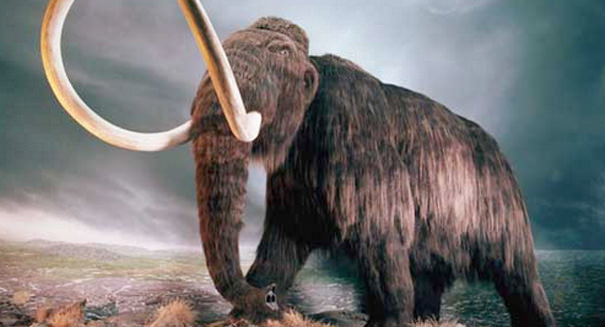Researchers have uncovered amazing details about the life of a woolly mammoth after its preserved body was found frozen in the snowy wastes of Siberia.
The good condition of the ancient animal has even raised hopes it could be cloned and the team were able to use carbon dating techniques to reveal it had walked the earth around 40,000 years ago.
An autopsy of the animal, which was nicknamed Buttercup by scientists, will be shown in a Channel 4 documentary later this month.
The programme also examines pioneering work in South Korea and the US to clone the animal and reintroduce them back into the wild, tens of thousands of years after they became extinct.
Dr Tori Herridge, a palaeobiologist at the Natural History Museum who took part in the work, was able to estimate the creature had lived for around 50 years after doing tests on its remaining teeth.
She said: “As a palaeontologist, you normally have to imagine the extinct animals you work on.
“So actually coming face-to-face with a mammoth in the flesh, and being up to my elbows in slippery, wet, and — frankly rather smelly mammoth liver — counts as one of the most incredible experiences of my life. It’s up there with my wedding day.
“The information gleaned from Buttercup’s autopsy about her life and death, and the future discoveries that will come from analyses of her muscles and internal organs, will add to our understanding of these magnificent Ice Age beasts.”
Agencies/Canadajournal
 Canada Journal – News of the World Articles and videos to bring you the biggest Canadian news stories from across the country every day
Canada Journal – News of the World Articles and videos to bring you the biggest Canadian news stories from across the country every day



